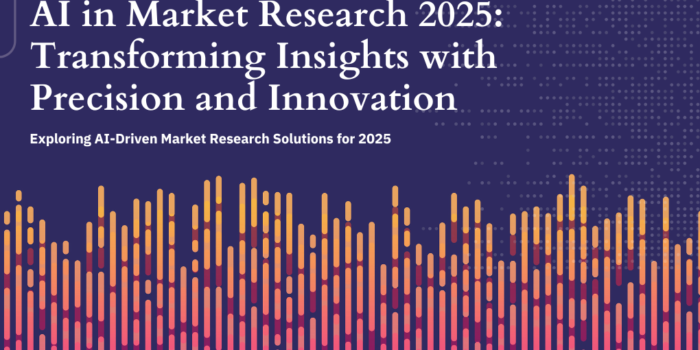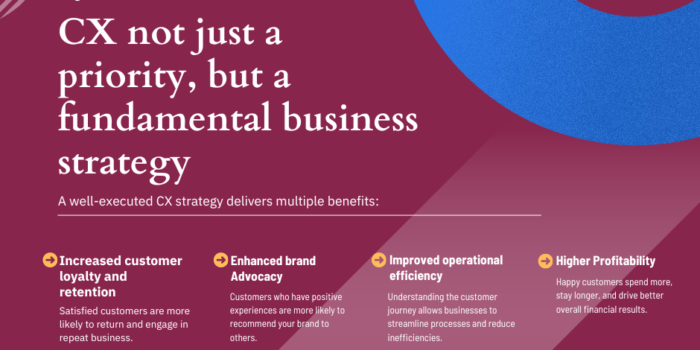The Covid-19 pandemic has been instrumental to change the nature of consumer behavior dynamically shifting from existing habits to the new normal. With this evolving pattern came along a major need for companies to quickly adapt to the demands and choices of consumers. The way forward is a strategic shift intertwined with sustenance in correlation with emerging new consumer habits.
Emerged as a distinct sub-discipline of marketing in the 1940s, consumer behavior is currently perceived and practiced as a multidimensional concept that involves elements from psychology, sociology, social anthropology, ethnography, marketing, and behavioral economics. In line with the popularity of the consumer-insight-driven business, a robust Customer Relationship Management (CRM) Database is one of the valued assets for businesses today. With the advent of technology like machine learning, customer neuroscience, and AI, understanding consumer behavior has got remodeled in these recent years. Building growth strategy and marketing with the changing consumer insights is what companies need to leverage. Understanding the consumer has an immense benefit for companies which accounts for just a 2% increase in customer retention translating to similar profit creation as that generated by cutting costs by 10%.
The shift
Before the pandemic hit globally, big brands and companies were largely focused on reimagining their portfolios and further market readiness for the products that they offered. Never in the history of events, did businesses try to engage so heavily and direct resources toward attaining customer feedback and insights.
The market space saw a dramatic shift in consumer needs. More than ever before, the values and purpose of brands framed the consensus of consumers towards a brand. A survey on brand trust amongst consumers reported that more than 70% of respondents said that brand values, for instance, a brand putting profit over people, will lead to their loss of trust in the brand. Socially conscious consumerism is ever-increasing. Today, the number of companies competing based on customer experience is twice that of just a decade back. Nearly 80% of consumers today believe that brands should be solving societal problems. Frictionless purchase experience and services have been seen as major parameters for consumers to choose from amongst the plethora of brands available in the market.

Post-pandemic consumer trends to follow
Reports suggest that the current age consumers are strongly constructed under the influence of the changing economies, value association, and availability of options.
Insights from global income and expenditure trends show that the post-pandemic annual disposable income of households less than USD 5,000 reached about 500 million accounting for nearly a quarter of global households, a drastic increase of about 2% from 2019. 72 out of 103 major economies in the world are set to see worsened levels of income inequality between 2020-2040. The consumer market is currently indicative of high polarization and this is of critical importance to be considered for consumer-faced businesses to lay out their marketing strategies.
Middle-class consumer trends are suggestive of a shifting pattern. From placing trust in experimentation with new brands over established big players, prioritizing access over ownership, a transition from conspicuous consumption to conscious consumption, and the increasing importance of quality tangible products offering a better experience, authenticity, convenience, and sustainability are some of the major observed patterns.
In the APAC region’s emerging economies, consumer credit is seen to be the growth driver of consumer spending. By 2030, more than 1 billion Asians will join the global middle class. A non-traditional mindset and anticipation of disruptors are going to pave the way for understanding the evolving consumer behavior of this region. More than 80% of consumers in this region wished brands to be transparent about their environmental impacts and nearly 30% are willing to pay for premium products given sustainability standards are met. While for the developed counterparts it is the value for money that is the growth driver for consumption. To capitalize on the middle-class consumer base in developed economies, price stratification is of the utmost necessity.
Consumers seeking post-purchase servicing and redressal is on the rise. Powered by social media, reactions to brands these days are essentially quick, personal, and unique which is in vast contrast to just a decade back.
Way forward
Technology and social media remain indispensable tools for marketers to understand and navigate to expand and win the consumer. The provision of better experiences by brands is expected to be a big game changer for businesses. Using improved technology like AI, hyper-personalization of marketing is seen to be of importance when it comes to influencing consumer behavior. Understanding consumer demographics is of critical importance. Age, gender, and ethnicity can be major factors to be considered to strategize in line with evolving consumer behavior. E-commerce has emerged as ever-powerful. The E-Commerce Market is expected to grow at a CAGR of about 23% between 2020-2027. According to a consumer insights survey, 1 in every 5 respondents said shopping online daily through an online medium. Thus, rethinking the possibilities of distribution can be of strategic importance. Brand relevance in terms of social conscience twinned with ESG ideals is going to significantly determine consumer behavior.
Consumer behavior is the most turbulent in recent years than ever before. A continual check and analysis of the evolving dynamics are essential for a business’s success.






 Market Research
Market Research Consumer Research
Consumer Research Industry Research
Industry Research Market Entry Strategy
Market Entry Strategy Feasibility Studies
Feasibility Studies Product Research
Product Research User Research
User Research Automobile & Mobility
Automobile & Mobility Banking and Finance
Banking and Finance Consumer Products & FMCG
Consumer Products & FMCG Ecommerce & Retail
Ecommerce & Retail Industry & Manufacturing
Industry & Manufacturing Government & Public Sector
Government & Public Sector Industry Associations
Industry Associations Technology & Software
Technology & Software Venture Capital & PE
Venture Capital & PE Consulting & Advisory
Consulting & Advisory India Entry Market Research
India Entry Market Research Innovation Consulting
Innovation Consulting KX Market Radar
KX Market Radar Business Model Development
Business Model Development Gen Z Navigator
Gen Z Navigator